I was interviewed by Kilden Genderresearch.no – the national centre for gender research in Norway. It follows up the “kronikk” I published last month, where I claim that it is not a paradox that girls do not chose to study ICT, but rather an effect of how central actors around girls take for granted that girls don’t want to study ICT.
-
Recent Posts
- 15 seconds of fame
- What makes women decide to study information technology (IT)?
- Talks on Women and Technology on the International Women’s Day
- Bookmarks for the first 5 with a paper copy of my book!
- Book launch events
- It’s all about the book
- Women Doing IT for Themselves
- Happy Women’s Day!
- Choice of technology as a “natural progression”
- Women’s Unconventional Routes into ICT Work
Archives
Categories
Meta

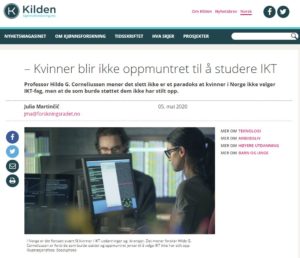
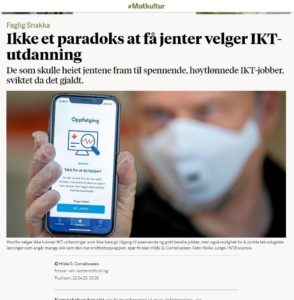

 Photo: Colorbox/Nina B. Dahl
Photo: Colorbox/Nina B. Dahl

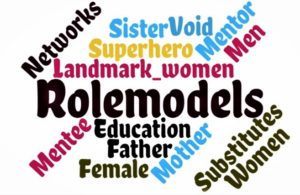

 Our article “From helicopter parenting to co-piloting: Models for regulating video gaming among immigrant youth in Norway” is out. Thanks to the editors of the book “Modellar” (Models): Øyvind Helgesen , Richard Glavee-Geo , Ghulam Mustafa , Erik Nesset & Paula Rice! Thanks also to the publisher, Universitetsforlaget, for agreeing to make this an open access publication. And thanks to my co-authors: Ca
Our article “From helicopter parenting to co-piloting: Models for regulating video gaming among immigrant youth in Norway” is out. Thanks to the editors of the book “Modellar” (Models): Øyvind Helgesen , Richard Glavee-Geo , Ghulam Mustafa , Erik Nesset & Paula Rice! Thanks also to the publisher, Universitetsforlaget, for agreeing to make this an open access publication. And thanks to my co-authors: Ca
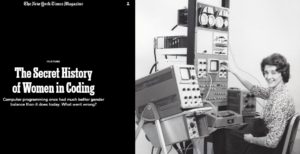

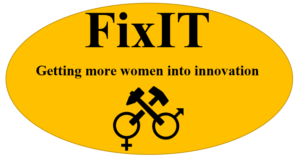

 This year has been good for publications! We have a new chapter on immigrant youth and video gaming out today, published with Emerald in
This year has been good for publications! We have a new chapter on immigrant youth and video gaming out today, published with Emerald in